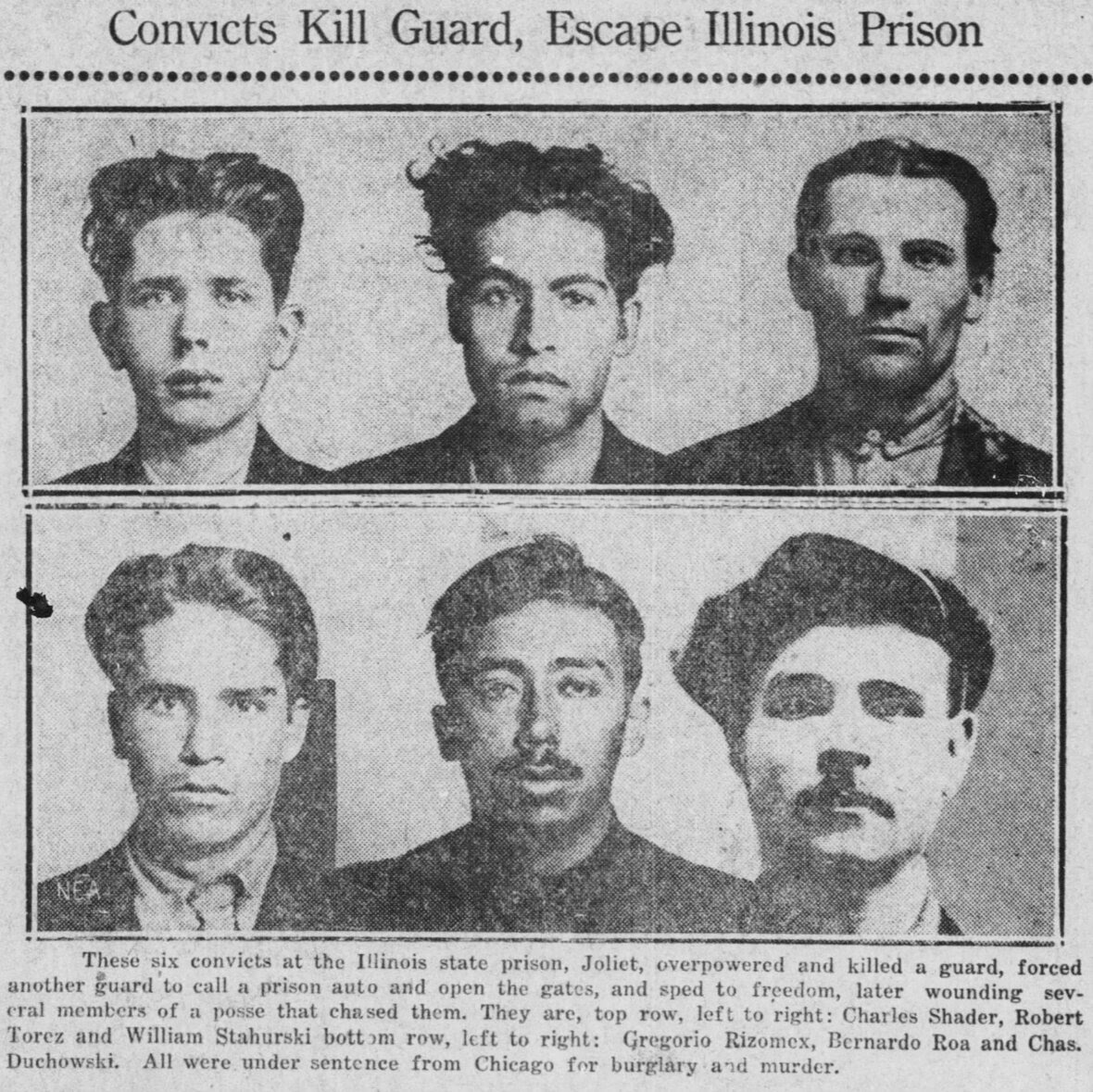
09 Mar Genealogist- Newsletter- March 9, 2024
Contents
- 1 GENEALOGISTS VISITED THE TENNESSEE WILLIAMS MUSEUM
- 2 GENEALOGISTS TAKE US BACK TO THOSE FOUNDING FATHERS
- 3 GENEALOGISTS ASK HOW MANY TIMES WAS THE VICE PRESIDENCY VACANT?
- 4 ACCORDING TO GENEALOGISTS, THE OLDEST HOUSE IN KEY WEST
- 5 GENEALOGISTS ASK WHAT ABOUT THE FIRST LADIES?
- 6 GENEALOGISTS NOTE THAT CIVIL WAR MEMORIALS TYPICALLY ONLY EITHER HONOR UNION OR CONFEDERATE SOLDIERS
- 7 SO, WHO WAS J.V. HARRIS- CONFEDERATE VETERAN? GENEALOGISTS ANSWER.
- 8 GENEALOGISTS ASK WHAT ABOUT YOUR ANCESTORS?
 GENEALOGISTS VISITED THE TENNESSEE WILLIAMS MUSEUM
GENEALOGISTS VISITED THE TENNESSEE WILLIAMS MUSEUM
NEW YORK – February 25, 1983- Tennessee Williams’ younger brother said Friday he believed the famed playwright had returned to a life of drugs just months before he died.
Reached by telephone in Collinsville, Ill., shortly after his brother died in a Manhattan hotel suite, Dakin Williams, 64, told UPI Tennessee Williams’ health and stamina have been going downhill for the past three months.’
Dakin Williams, whose relationship with his brother had been strained for years, offered no proof that the playwright had returned to narcotics but volunteered his suspicions.
‘I think he’d gone back on drugs. His housekeeper in Key West called me about three months ago and said he’d locked himself up in the house for three days. I suggested he be taken to a hospital, and he was, but he only stayed for a day or two. A friend brought him to New York last week,’ he said.
Williams said his 71-year-old brother had never forgiven him for ‘locking him up’ in 1970 to undergo drug detoxification at a St. Louis hospital.
‘I had been hearing for the last few months that his health was deteriorating,’ said Williams, who last spoke with his brother about two months ago.
The attorney said he planned to visit Tennessee this spring at his Key West, Fla., home, but the playwright had not returned his calls. He said, however, that Tennessee had seemed a happy person in recent years.
‘He was very up. He was constantly having his plays produced – unfortunately not always successfully,’ Williams said.
Tennessee spent three months in 1970 in Barnes Hospital in St. Louis, undergoing treatment for a drug habit. Williams said his brother had been mainlining speed and also used morphine.
‘He nearly died there at the hospital; he had four convulsions, for which he blamed me,’ Williams said. ‘He’d been angry ever since – he had a memory like an elephant — and cut me out of his will.’
The attorney said that before he had his brother hospitalized, Tennessee disappeared for four days in New York City. While Tennessee was missing, he sent his brother a note written on Escargot Restaurant stationery and expressed the fear that someone was trying to kill him.
Dakin Williams wrote a book, Tennessee Williams: An Intimate Biography, against Tennessee’s wishes. However, Williams said the book, due out this spring, contains ‘extreme praise’ for Tennessee and believes the playwright would have liked it if he had read it.
Williams said he would assume Tennessee’s responsibility for caring for their sister, Rose, 73. She underwent a lobotomy at age 24 for schizophrenia and is in an asylum in New York. He said she would not be told of Tennessee’s death.
‘She would not know,’ Williams added. ‘She is not able to comprehend.’
Williams disagreed with the theories that Rose was the model for the shy, handicapped Laura in Tennessee’s play, ‘The Glass Menagerie.’
‘My sister was a very vivacious, lovely girl,’ he said.
Williams said he would fly to New York Friday or Saturday to attend his brother’s funeral, which he expects will be a well-attended, ‘show business-type’ affair.
‘He’s the finest playwright since Shakespeare,’ said Williams. ‘His plays will be performed as long as people speak the English language and any language. His death is a blow to me and a blow to all the world.’
Plan your visit to the Tennessee Williams Museum.
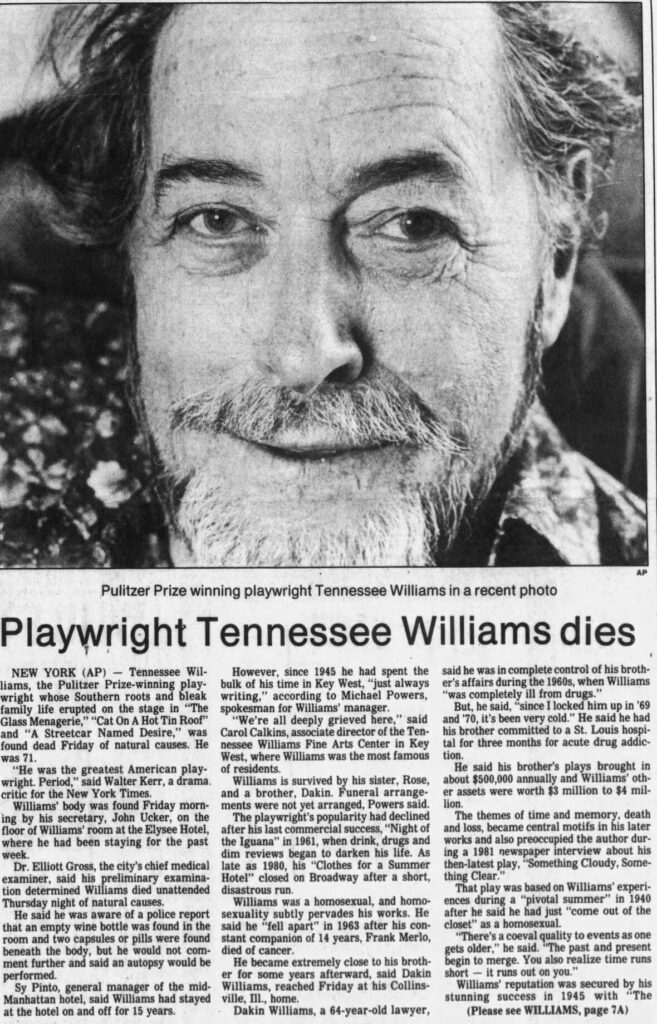
 GENEALOGISTS TAKE US BACK TO THOSE FOUNDING FATHERS
GENEALOGISTS TAKE US BACK TO THOSE FOUNDING FATHERS
George Clinton 1739 – 1812) was an American soldier, statesman, and Founding Father of the United States. A prominent Democratic-Republican, Clinton served as the fourth vice president of the United States from 1805 until he died in 1812. Along with John C. Calhoun, he is one of two vice presidents to hold office under two consecutive presidents. He was also the first vice president to die in office and the first Vice President to die.
Clinton served in the French and Indian War, rising to lieutenant in the colonial militia. He began a legal practice after the war and served as a district attorney for New York City. He became the first Governor of New York in 1777 and remained in that office until 1795. Clinton supported the cause of independence during the American Revolutionary War and served in the Continental Army despite his gubernatorial position. During and after the war, Clinton was an opponent of Vermont’s entrance into the Union on account of disputes over land claims.
Opposed to the ratification of the United States Constitution, Clinton became a prominent Anti-Federalist and advocated for the addition of the United States Bill of Rights. In the early 1790s, he emerged as the nascent Democratic-Republican Party leader, and Clinton served as the party’s vice-presidential candidate in the 1792 presidential election. Clinton received the third most electoral votes, as President George Washington and Vice President John Adams both won re-election. Clinton did not seek re-election in 1795 but served as New York governor again from 1801 to 1804. He was the longest-serving governor in U.S. history until Terry Branstad surpassed his record in 2015.
Clinton was again tapped as the Democratic-Republican vice-presidential nominee in the 1804 election, as President Thomas Jefferson dumped Aaron Burr from the ticket. Clinton sought his party’s presidential nomination in the 1808 election, but his congressional nominating caucus instead nominated James Madison. Despite his opposition to Madison, Clinton was re-elected as vice president. Clinton died in 1812, leaving the office of vice president vacant for the first time in U.S. history. Genealogist.
 GENEALOGISTS ASK HOW MANY TIMES WAS THE VICE PRESIDENCY VACANT?
GENEALOGISTS ASK HOW MANY TIMES WAS THE VICE PRESIDENCY VACANT?
The Society of Presidential Descendants Panel highlighted that there were long periods when we had no Vice President since both Taft and Truman inherited the Presidency. The vice presidency has been vacant 18 times, totaling 38 years. The occurrence was due to the death or resignation of the Vice President or when the Vice President assumed the Presidency after the death or resignation of the President. Genealogist outlines periods of vacancy.
Here are the periods of vacancy:
1. April 20, 1812 – March 4, 1813, when George Clinton died (see previous story).
2. November 23, 1814 – March 4, 1817, Clinton’s successor, the elected Elbridge Gerry (as in gerrymandering), died in office.
3. December 28, 1832 – March 4, 1833, John C. Calhoun, who, along with George Clinton, was the only Vice President to serve under two presidents, resigned as the lame-duck vice-president so he could be appointed to a vacant South Carolina U.S. Senate seat.
4. April 4, 1841 – March 4, 1845, John Tyler succeeded William Henry Harrison, the first president to die in office. There was no formal provision for appointing a new Vice President. There was some controversy on how to proceed. Tyler’s model has been followed since.
5. July 9, 1850 – March 4, 1853, Millard Fillmore succeeded Taylor when he died in office.
6. April 18, 1853 – March 4, 1857, William R. King died after less than two months served.
7. April 15, 1865 – March 4, 1869, Andrew Johnson succeeded Lincoln after his assassination.
8. November 22, 1875 – March 4, 1877, Henry Wilson died in office.
9. September 19, 1881 – March 4, 1885, Chester Arthur succeeded Garfield after his assassination.
10. November 25, 1885 – March 4, 1889, Thomas Hendricks died in office.
11. November 21, 1899 – March 4, 1901, Garret Hobart died in office
12. September 14, 1901 – March 4, 1905, Theodore Roosevelt succeeded McKinley after his assassination.
13. October 30, 1912 – March 4, 1913, James Sherman died in office.
14. August 2, 1923 – March 4, 1925, Calvin Coolidge succeeded Harding when he died in office.
15. April 12, 1945 – January 20, 1949, Harry Truman succeeded Franklin Roosevelt when he died in office.
16. November 22, 1963 – January 20, 1965, Lyndon Johnson succeeded Kennedy after his assassination.
17. October 10 – December 6, 1971, Spiro Agnew resigned.
18. August 9 – December 19, 1974, Gerald Ford succeeded Nixon, who resigned. Nelson Rockefeller was selected as Vice President, the first under the 29th Amendment, pictured above as the first Vice President assuming the position amid presidential term.
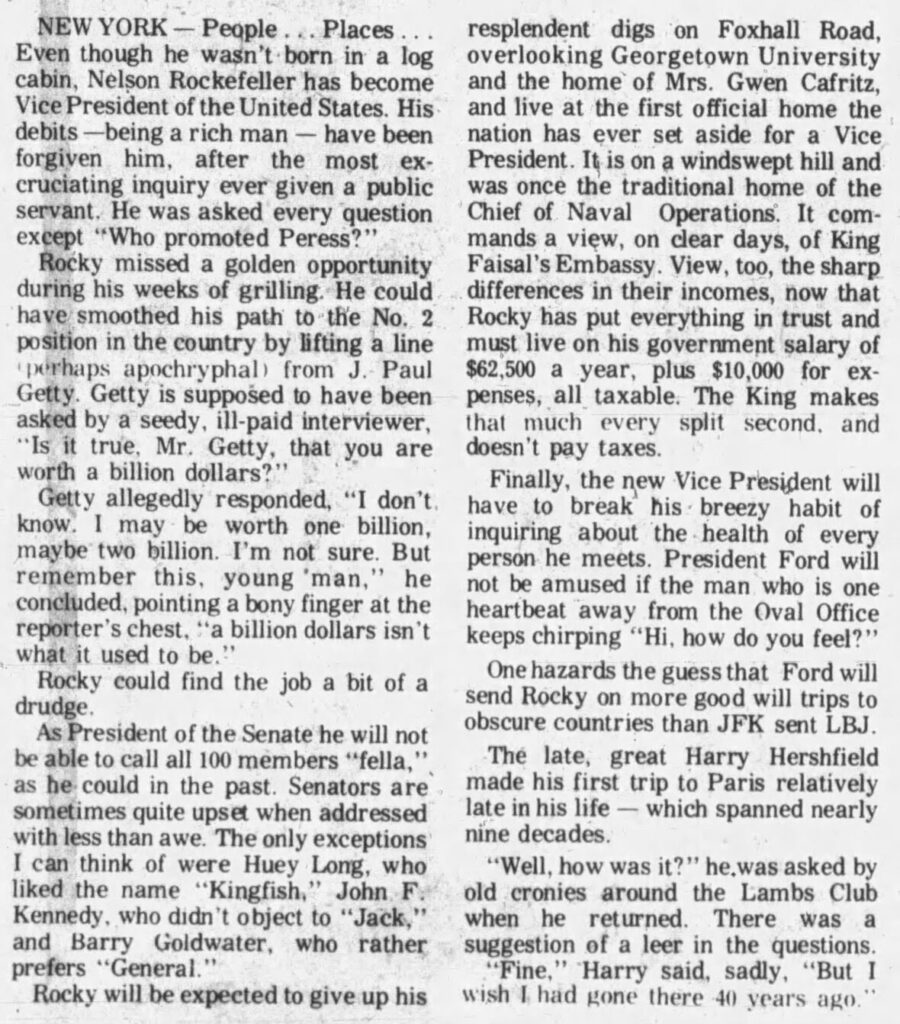
 ACCORDING TO GENEALOGISTS, THE OLDEST HOUSE IN KEY WEST
ACCORDING TO GENEALOGISTS, THE OLDEST HOUSE IN KEY WEST
Captain Francis Watlington married 16-year-old Emeline Matilda Johnson in 1828. The young couple moved to Key West in the early 1830s. They rented the home from her sister and brother-in-law. The couple had nine daughters. The property was eventually transferred to Emeline after a few years. This transfer is significant since Emeline was a woman property owner in the mid-1800s without being a widow. Two of her daughters died at a young age from Yellow Fever. In 1863, Emeline became a single mother of seven girls when her husband left the family (and Key West) to serve in the Confederate Navy during the Civil War.
Francis Watlington was appointed as a lieutenant in the Confederate States Navy on May 5, 1863; he served on CSS Tennessee, Mobile Squadron, 1863-1865; appointed 1st lieutenant, Provisional Navy, to rank from January 6, 1864; surrendered on May 4, 1865; paroled at Nanna Hubba Bluff, Alabama, on May 10, 1865.
Francis did not return to Key West until after the death of wife. Emeline died in 1881, and the home was passed onto her surviving daughters. Francis died in 1887 in Key West at 83. Genealogist.
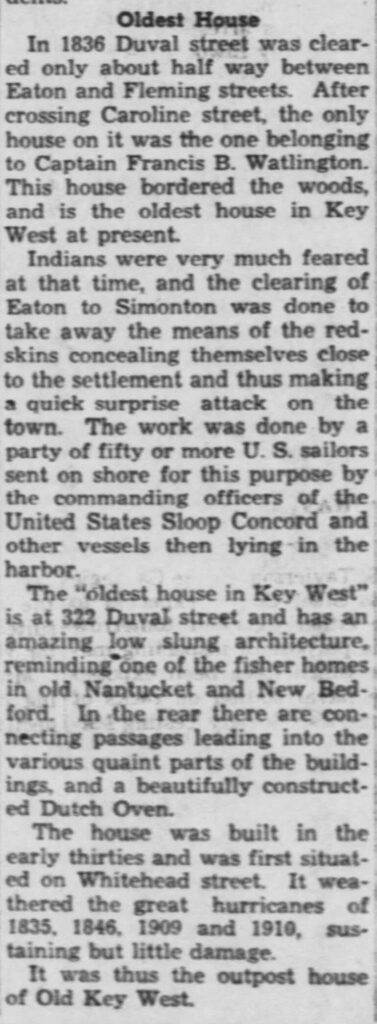
 GENEALOGISTS ASK WHAT ABOUT THE FIRST LADIES?
GENEALOGISTS ASK WHAT ABOUT THE FIRST LADIES?
One of the speakers at the Society of Presidential Descendants was Patricia Taft, the great-granddaughter of President William Howard Taft and the granddaughter of Senator Robert A. Taft.
Most of the descendants are also descendants of the Presidential First Ladies. Patricia has been working hard to get a First Ladies’ Day on the calendar. Genealogist.
 GENEALOGISTS NOTE THAT CIVIL WAR MEMORIALS TYPICALLY ONLY EITHER HONOR UNION OR CONFEDERATE SOLDIERS
GENEALOGISTS NOTE THAT CIVIL WAR MEMORIALS TYPICALLY ONLY EITHER HONOR UNION OR CONFEDERATE SOLDIERS
I have seen many Civil War memorials. As a genealogist, I cannot recall ever seeing one that memorializes both Confederate and Union soldiers. It turns out that there is one in Key West. During the Civil War, Florida was a member of the Confederacy; however, Key West was always under Federal control. The memorial was created in 1866 when symbols of reconciliation were rare.
Here is the inscription:
Erected 1866
by the Navy Club of Key West
To the Memory of the
Officers, Sailors & Soldiers
of the
Army, Navy & Marine Corps
of the
United States
who lost their lives in their
Country’s service upon this station
from 1861 to 1865.
Here is more on the memorial and separate but physically close Confederate and Union memorials in Key West, a new African American soldiers memorial, and how Key West fared in the Civil War.
In the linked article, the last line says: “Surrounding that obelisk is a low cast-iron fence. A plaque on the fence names its builder: J.V. Harris — Confederate veteran, see the next story.
 SO, WHO WAS J.V. HARRIS- CONFEDERATE VETERAN? GENEALOGISTS ANSWER.
SO, WHO WAS J.V. HARRIS- CONFEDERATE VETERAN? GENEALOGISTS ANSWER.
I did some research, and I believe he is Jeptha Vining Harris (1839 – 1914) (his sculpture to the right), an assistant surgeon for the Confederate States Army and Confederate States Navy during the American Civil War. After the Civil War, he was a customs collector, doctor, and school superintendent at Key West, Florida.
Jeptha was the nephew and namesake of Jeptha Vining Harris, a Confederate Brigadier General and later Mississippi State Senator. Jeptha was also the grandson and namesake of Jeptha Vining Harris, a Georgia militia general during the War of 1812, prominent lawyer, planter, and member of the Georgia House of Representatives. Genealogist.
 GENEALOGISTS ASK WHAT ABOUT YOUR ANCESTORS?
GENEALOGISTS ASK WHAT ABOUT YOUR ANCESTORS?
Reach out to Dancestors Genealogy. Our genealogists will research, discover, and preserve your family history. No one is getting any younger, and stories disappear from memory every year and eventually from our potential ability to find them.
Preserve your legacy, and the heritage of your ancestors.
Paper gets thrown in the trash; books survive!
So please do not hesitate and call me @ 214-914-3598 and get your project started!


 GENEALOGISTS VISITED THE TENNESSEE WILLIAMS MUSEUM
GENEALOGISTS VISITED THE TENNESSEE WILLIAMS MUSEUM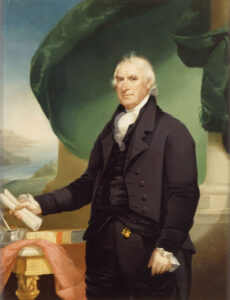 GENEALOGISTS TAKE US BACK TO THOSE FOUNDING FATHERS
GENEALOGISTS TAKE US BACK TO THOSE FOUNDING FATHERS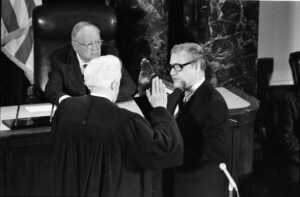 GENEALOGISTS ASK HOW MANY TIMES WAS THE VICE PRESIDENCY VACANT?
GENEALOGISTS ASK HOW MANY TIMES WAS THE VICE PRESIDENCY VACANT?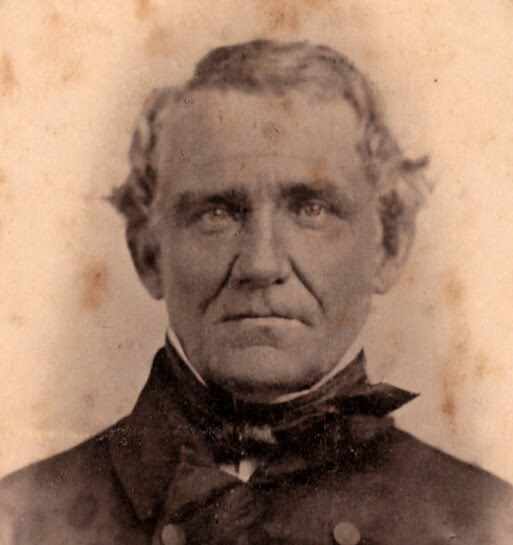 ACCORDING TO GENEALOGISTS, THE OLDEST HOUSE IN KEY WEST
ACCORDING TO GENEALOGISTS, THE OLDEST HOUSE IN KEY WEST GENEALOGISTS ASK WHAT ABOUT THE FIRST LADIES?
GENEALOGISTS ASK WHAT ABOUT THE FIRST LADIES?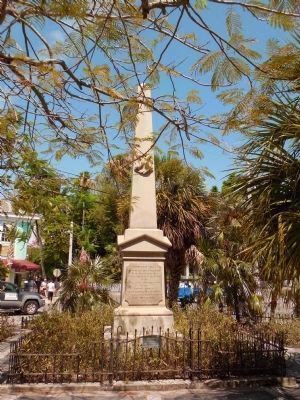 GENEALOGISTS NOTE THAT CIVIL WAR MEMORIALS TYPICALLY ONLY EITHER HONOR UNION OR CONFEDERATE SOLDIERS
GENEALOGISTS NOTE THAT CIVIL WAR MEMORIALS TYPICALLY ONLY EITHER HONOR UNION OR CONFEDERATE SOLDIERS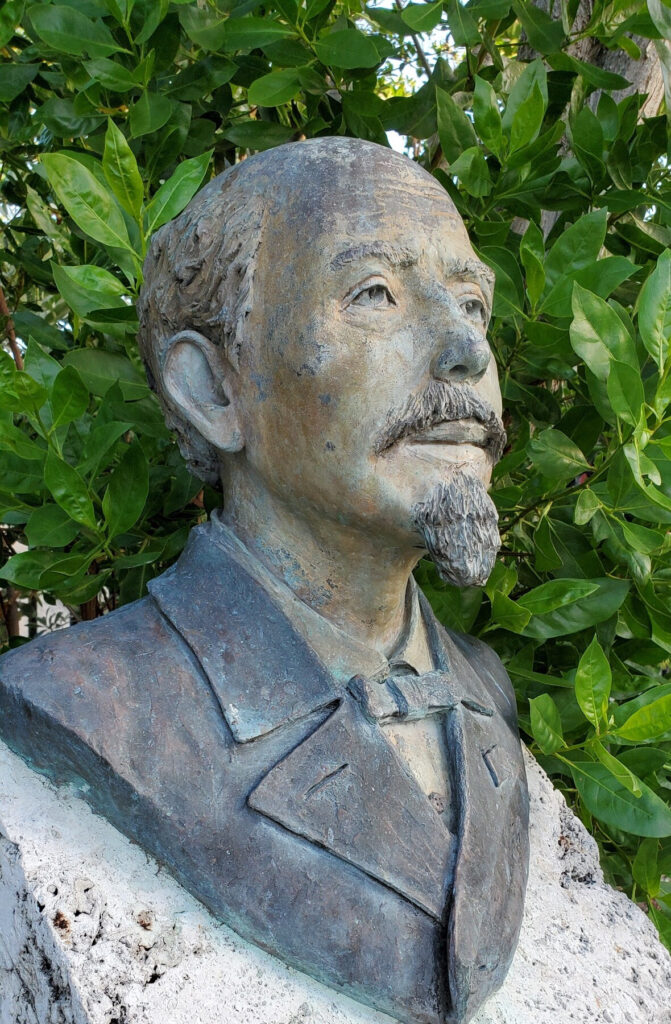 SO, WHO WAS J.V. HARRIS- CONFEDERATE VETERAN? GENEALOGISTS ANSWER.
SO, WHO WAS J.V. HARRIS- CONFEDERATE VETERAN? GENEALOGISTS ANSWER.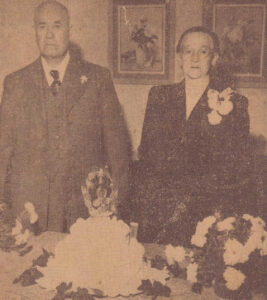 GENEALOGISTS ASK WHAT ABOUT YOUR ANCESTORS?
GENEALOGISTS ASK WHAT ABOUT YOUR ANCESTORS?